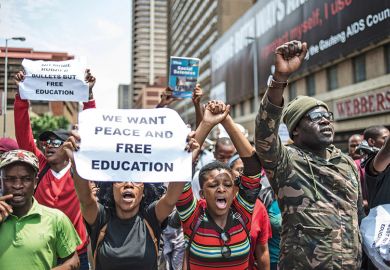The subject of drugs crosses many specialist disciplines: history, law, political science, international relations, criminology, social policy and, last but not least, moral philosophy. In this respect, it is not surprising that liberal thinkers such as John Stuart Mill are still referred to in debates on prohibition or legalisation of drug use, the subject matter pertaining to individual choice as well as to institutional intervention.
This textbook has a comprehensive approach, covering a vast array of legal and illegal psychoactive substances, their production and distribution, as well as their effects on individuals and societies. There is a drug use continuum that is well spelt out by the author, who defines experimental use, culturally endorsed use, recreational use and, finally, compulsive use. After dwelling on the definitions to identify this continuum, the argument is presented that definitions themselves determine responses, and that even a term such as "drug abuse" will shape institutional reactions based on how it is defined. A history of drug legislation is a necessary preamble for an understanding of how national and international agencies respond to, and influence, drug use and distribution.
Particular attention is given to alcohol and the temperance movement, but also to the history of opium trade, the wars it engendered and the difficult process leading to its final prohibition.
The book's clearly identifiable chapters will grant students immediate access to specific aspects. Issues are presented in all their problematic complexity, and information is provided around statutory sources and research material that can help elaboration and in-depth analysis. The effects of drugs on the nervous system are thoroughly dealt with, as are the social repercussions of illegal drug markets on cross-border and predatory crime.
The author discusses sociological aspects of drug abuse and tests various theories vis-a-vis recent developments in the geopolitics of production, trafficking and use. He identifies strengths and weaknesses in the analytical tools proposed by anomie, social control or subcultural theory, and examines models of prevention alongside problems encountered by transnational and domestic law enforcement. A final chapter on decriminalisation and harm reduction, with hypotheses on the social problems caused by legalisation and prohibition, completes a text of high didactic value.
Who is it for? Students of psychology, criminology, social policy and political science.
Presentation: Well structured and easy to follow; its many examples make it particularly helpful.
Would you recommend it? Without a doubt.
Register to continue
Why register?
- Registration is free and only takes a moment
- Once registered, you can read 3 articles a month
- Sign up for our newsletter
Subscribe
Or subscribe for unlimited access to:
- Unlimited access to news, views, insights & reviews
- Digital editions
- Digital access to THE’s university and college rankings analysis
Already registered or a current subscriber? Login



